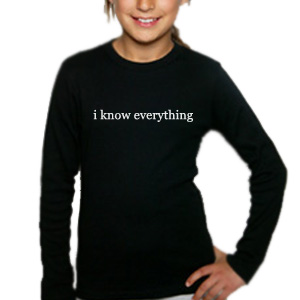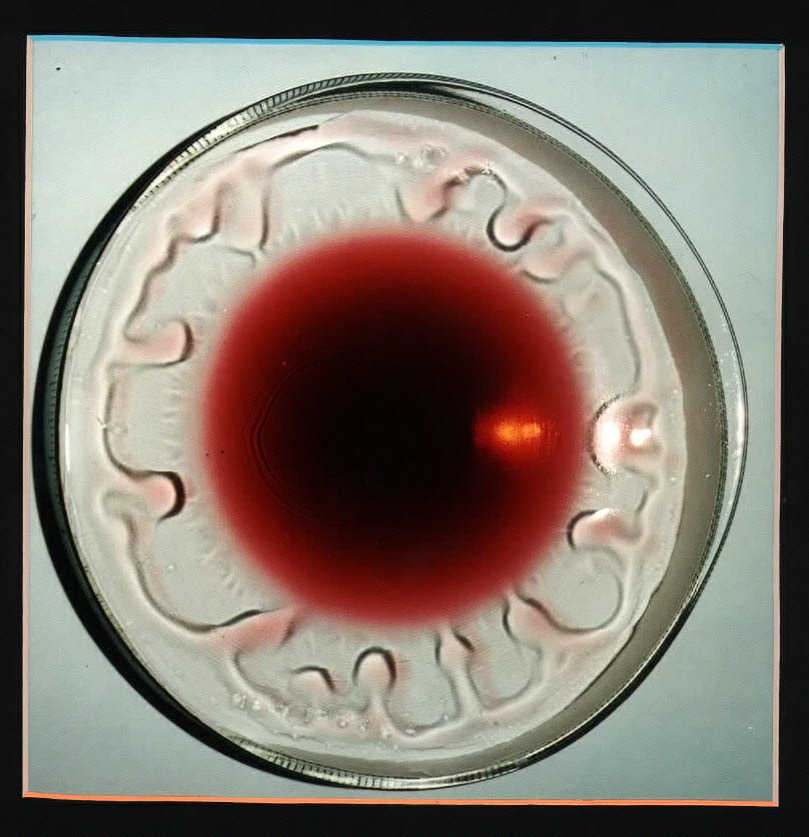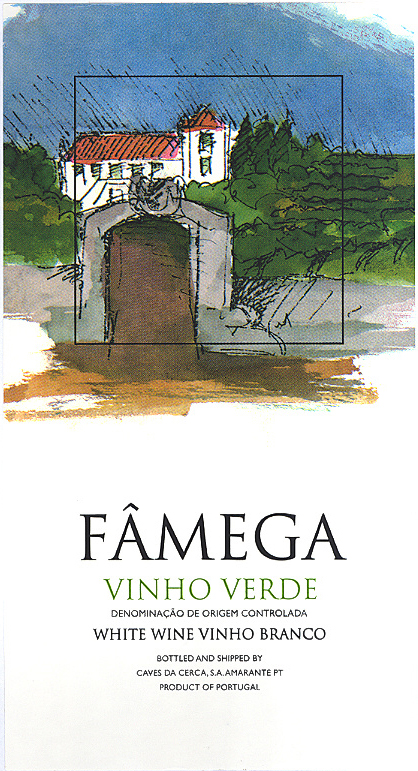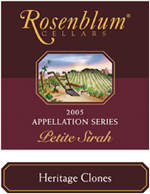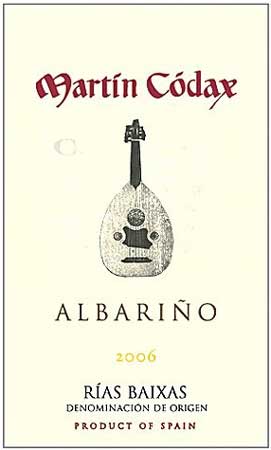Peanut butter and jelly. Car and driver. Movies and popcorn. Wine and food. Each of these pairs are lesser without the other. Sure, they can stand on their own if need be, but when joined, the whole is MORE than the sum of its parts. Case in point:
My husband and I had a lovely night out a week or so ago, stopping off at a wine bar for an aperitif, and then dining at Ciola’s in Lakeway. I had researched Ciola’s before for a potential company dinner I was asked to organize, and had wanted to go there for a while. Their menu looked interesting and their wine list was very well written. Back in my wine rep days, I did a lot of wine list analysis, and the wine list at Ciola’s shows a lot of careful, thoughtful selections.
Ironically, though, I didn’t really order wine off the list.  Our waiter happened to be the wine steward, Tommy Williams, Jr., and once we ordered our entrees he told us about some wines he was pouring that weren’t on the by-the-glass list. One was a Vermentino, which he particularly recommended with my linguine & clam sauce, so I took the leap of faith (not a very big leap, considering the list) and acquiesced. T wanted a Cab, though, so he ordered a glass of the Liberty School Cabernet Sauvignon , always a solid choice.
Our waiter happened to be the wine steward, Tommy Williams, Jr., and once we ordered our entrees he told us about some wines he was pouring that weren’t on the by-the-glass list. One was a Vermentino, which he particularly recommended with my linguine & clam sauce, so I took the leap of faith (not a very big leap, considering the list) and acquiesced. T wanted a Cab, though, so he ordered a glass of the Liberty School Cabernet Sauvignon , always a solid choice.
The calamari we ordered for starters was very well executed: the squid was tender, the breading was light and crunchy, and two dipping sauces came with: a marinara and an aioli. Both delicious, but I stuck to the marinara… there’s something semi-obscene about dipping fried food into mayonnaise sauces, even if it is fish.
T’s Rigatoni Genzano was a heck of a meal: large chunks of Italian sausage, with what looked like quartered peppers. His Liberty School Cabernet Sauvignon (didn’t get the year) gave sweet oak and blackberry aromas, with some green pepper and clack cherry notes. The color (difficult to see in the very romantic lighting in the restaurant) was a nice dark red with some garnet highlights. Soft tannins on the palate with a black pepperyness, and big currant flavors. Slight taste of raspberry, as well. Overall, a rich & soft Cabernet with a very decent finish for $9 per glass. Tom liked how his wine tasted with his food; I could see how the green pepper of the wine matched nicely with the red peppers in his dish, but I thought the bite of the Italian sausage wasn’t all that flattering, wine-wise.
MY wine and food pairing, though, was phenomenal.

